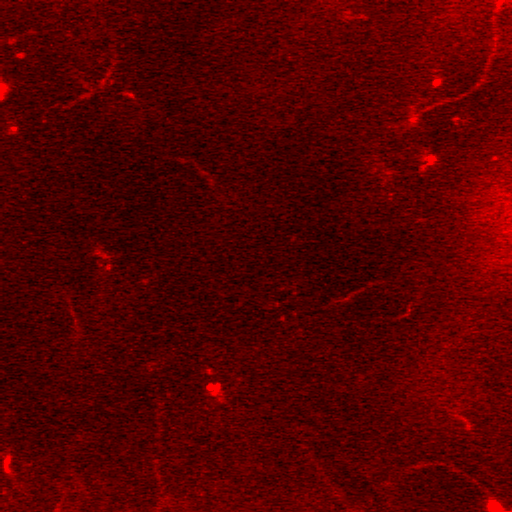To behave appropriately, animals must generate internal representations of the external world, and update these internal representations based on current, local conditions. The updated representation is coupled to motor output centers and behavior is modified to fit local conditions. Since the pioneering work of neuroethologists such as Konrad Lorenz and Karl von Frisch, we have come to appreciate that identifiable circuits mediate behavioral adaptation to local environmental conditions.
Current projects in the lab are designed to answer the following questions, with a focus on cortical inhibition:
What aspects of sensory-motor circuits are subject to modification during learning?
How are the very circuits that are used during sensory-motor learning constructed in the first place?
Computationally, how does cell-type diversity contribute to sensory encoding and learning?
We use a range of techniques, including electrophysiological recordings of targeted cell types in-vivo and in-vitro, 2-photon microscopy, behavioral methods, and computational analyses.
Two-photon calcium imaging is used to assay the activity of hundreds of neurons simultaneously:
Technique of in-vivo 2-photon guided electrophysiological recordings:


PV inhibitory neurons visualized using 2-photon microscopy, in-vivo. Image sequence is a Z-stack, the plane of focus is moving from the surface of the brain to a depth of 250 microns. Note the recording pipette on the right, appearing at approx. 220 microns below the surface.
Once the cell is patched, visual stimuli such as drifting gratings, of various orientations, are shown to the mouse. Click on the movie below to listen to a PV inhibitory neuron spike response during a recording session. This is a cell-attached recording.
Useful links:
Website for the Center for the Neural Basis of Cognition:
http://www.cnbc.cmu.edu/
